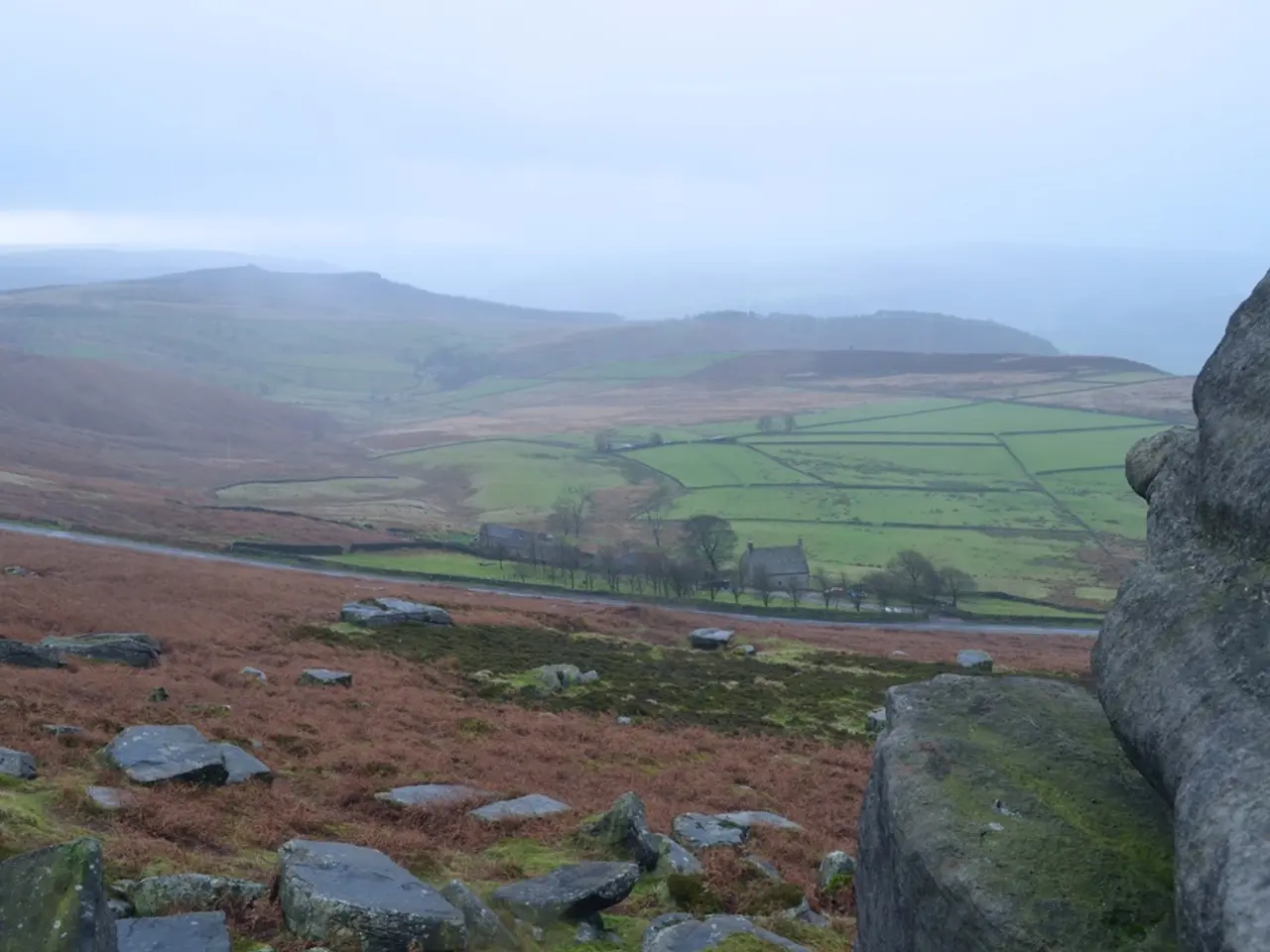Mizoram's Lianpui Menhirs Granted National Significance by ASI - Insights into These Mysterious Stone Structures
Discovering the Ancient Lianpui Menhirs in Mizoram
Nestled in the picturesque Lianpui village, near Mizoram's eastern border with Myanmar, lies a remarkable archaeological and cultural gem - the Lianpui menhirs. These ancient standing stones, numbering 114, have been declared a Monument of National Importance by the Archaeological Survey of India (ASI) in 2025.
The menhirs, locally known as Lungphun Ropui ("the grand stone courtyard"), stand tall and intricately carved with images of human figures, animals, birds, mithun (a type of bovine), gongs, and lizards. These stone slabs, arranged in eight lines - four oriented north-south and four east-west - showcase a deliberate ritualistic or ceremonial design.
Historically, the village of Lianpui was established in the early 18th century by Lianpuia, a Lusei chief. The menhirs are believed to have been erected to honour heroic deeds or departed souls, serving as silent storytellers of the collective identity, spiritual practices, and societal values of the Mizo people before the advent of Christianity.
The ASI's recognition of the Lianpui menhirs as a Monument of National Importance signifies their exceptional cultural and historical value, protection under India's Ancient Monuments and Archaeological Sites and Remains Act, and the need for their conservation. This designation also marks Lianpui as Mizoram's second megalithic site to receive national recognition, following the Vangchhia menhirs in 2014.
The Lianpui menhirs are part of a larger but less documented megalithic tradition across northeast India, with similar sites found in Lunglei, Aizawl, and Serchhip districts. These menhirs share similarities with megalithic traditions in the region, including those in Meghalaya and Nagaland, but are distinct.
Conservation measures for the Lianpui site will include regular site monitoring, landscape management, and heritage signage in regional languages. Scientific carbon or lichenometric dating may be used to further determine the age and construction phases of the menhirs. Archaeological surveys will also be conducted to determine the chronology of the stones and their broader historical context.
Local organizations and the Mizoram State Archaeology Department will collaborate with the ASI in documenting community narratives associated with the stones. This collaborative approach ensures a more inclusive heritage conservation that takes into account the distinct and diverse histories of India's northeastern frontier.
The Lianpui menhirs have begun to attract interest from researchers, historians, and domestic visitors. The efforts to map and research these sites reflect growing recognition and interest in the region's archaeological richness, long overlooked in India's mainstream history and heritage discourse. These efforts will contribute to cultural preservation programs and potential nomination of the site for future inclusion in UNESCO heritage listings.
In conclusion, the Lianpui menhirs are a rare, well-preserved megalithic complex that embodies the ancient Mizo heritage, serving as a cultural landmark that helps preserve and communicate the spiritual and social history of the indigenous community in northeast India.
The discovery of the ancient Lianpui menhirs in Mizoram, a site of national importance, calls for scientists to conduct investigations on the stones' age and construction phases using scientific carbon or lichenometric dating. As these menhirs are part of a larger, less documented megalithic tradition, understanding their role in northeast India's lifestyle and travel itineraries becomes essential for preservation and cultural exchange.





